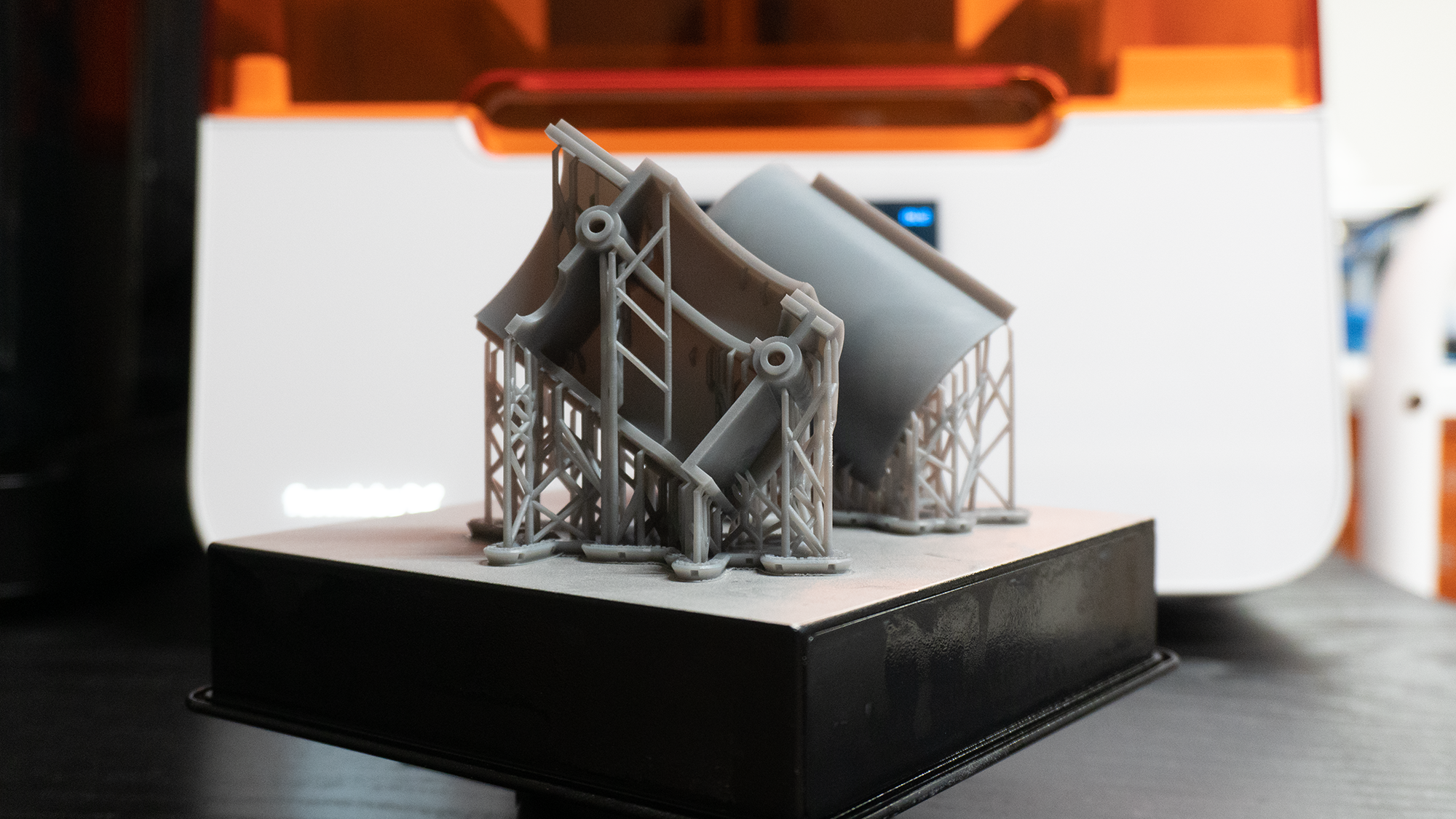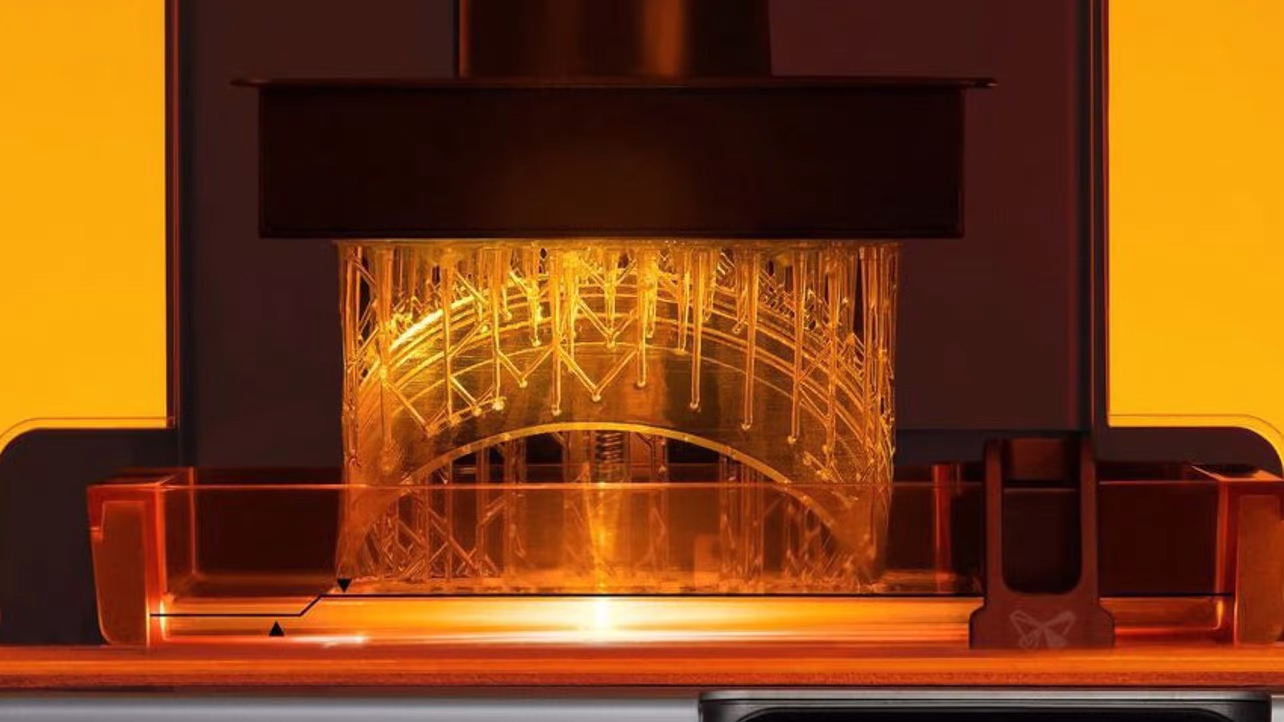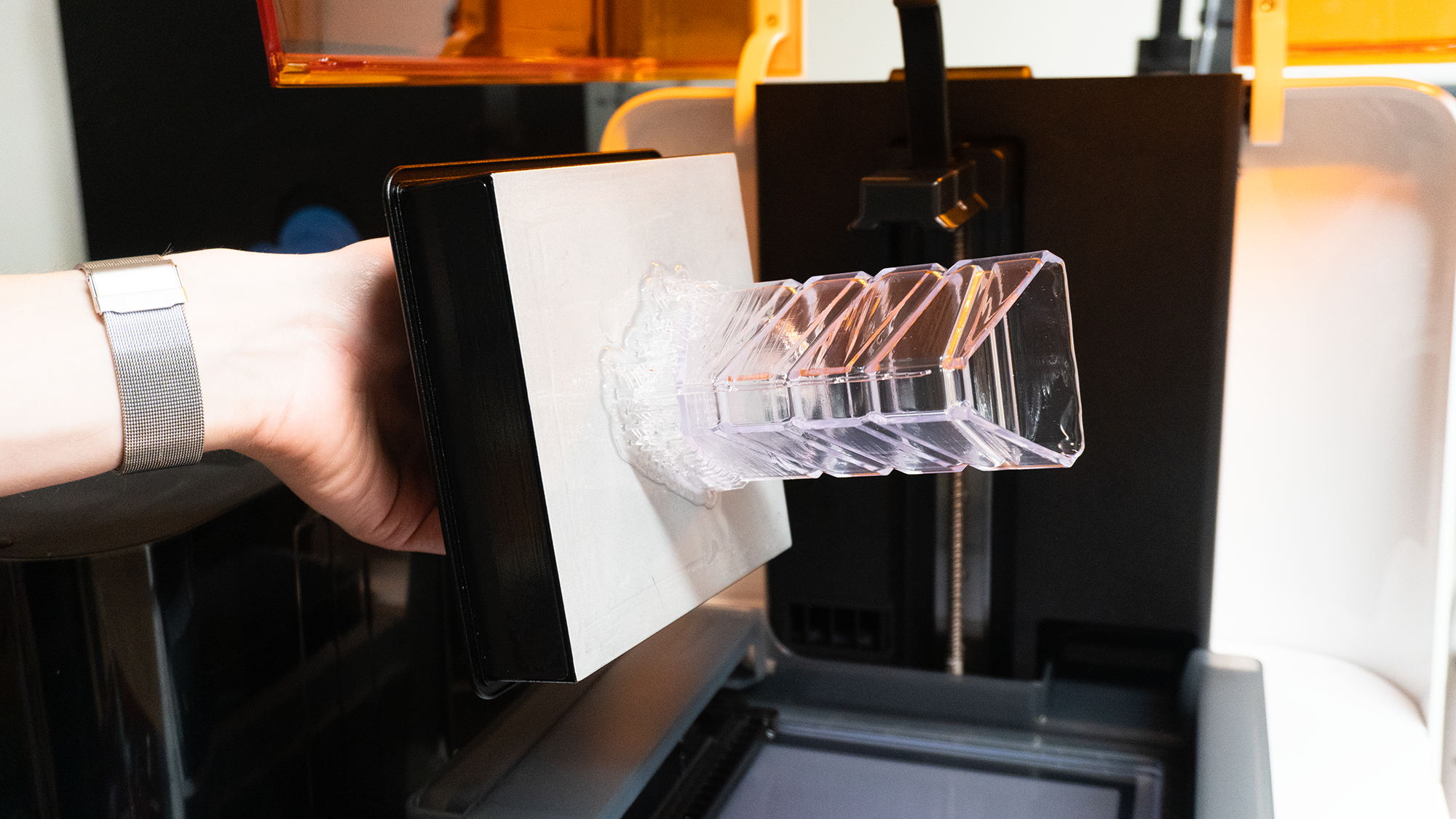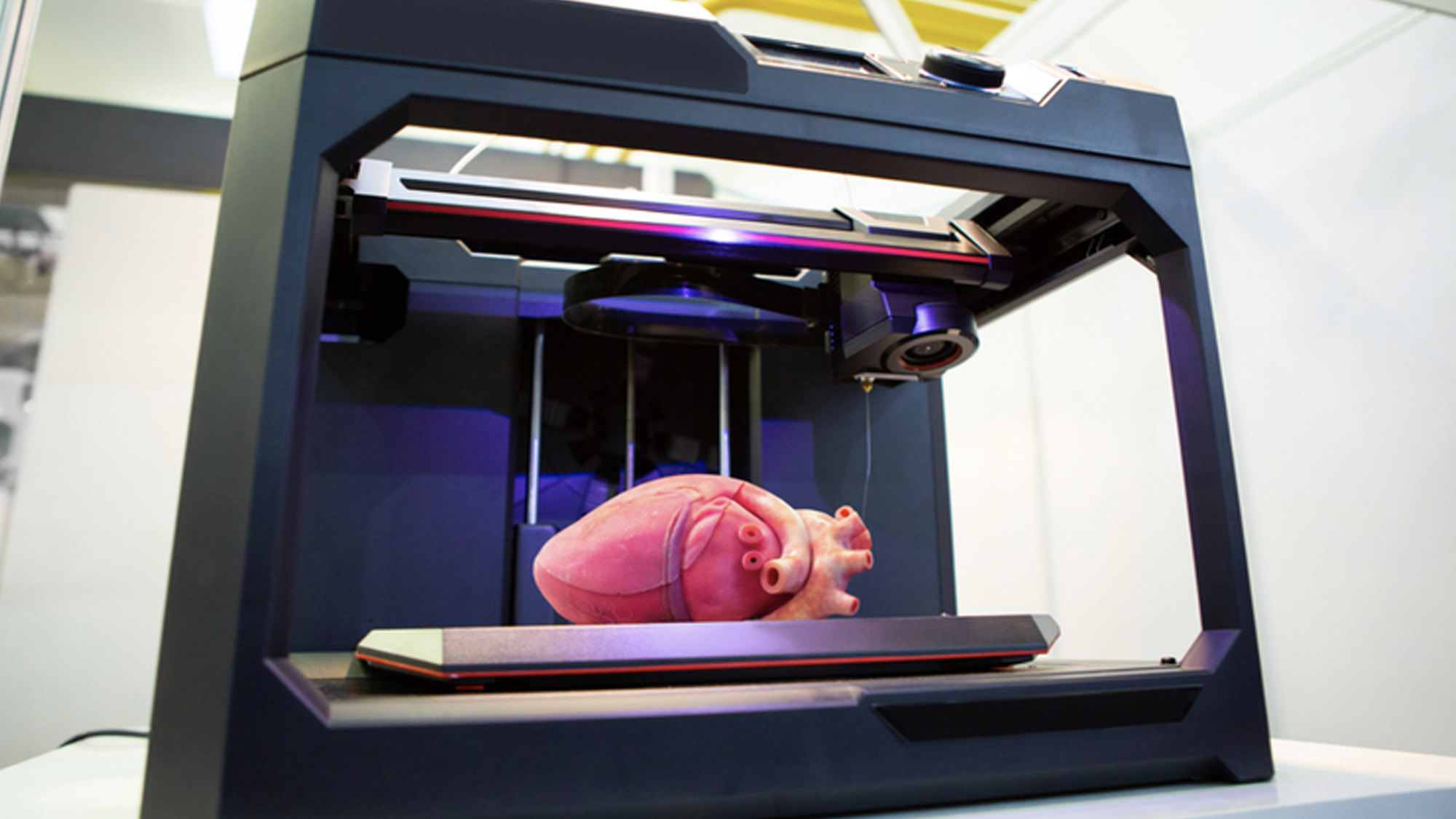The Remarkable Benefits of 3D Printing in the Healthcare and Medical Sector

Introduction to 3D Printing in Healthcare
3D printing, also known as additive manufacturing, has been transforming the healthcare industry in recent years. This innovative technology allows for the creation of complex medical devices, equipment, and even organs, which were previously impossible to produce using traditional manufacturing methods. By building objects layer by layer from digital models, 3D printing offers unparalleled precision and customization. This capability is particularly valuable in healthcare, where patient-specific solutions can significantly improve treatment outcomes. In this article, we will explore the various applications of 3D printing in healthcare, its numerous benefits, and the multiple advantages it offers, as well as the challenges that need to be addressed for its widespread adoption.
Table of Contents
The Remarkable Benefits of 3D Printing in the Healthcare and Medical Sector
Improved Patient Care
The integration of 3D printing in medicine has significantly improved patient care in various ways. One of the primary advantages is the ability to create personalized medical devices and implants tailored to individual anatomy. This customization enables medical professionals to provide more effective treatment options, leading to improved patient outcomes. For instance, 3D-printed prosthetics can be designed to match the precise needs of each patient, enhancing their comfort and mobility.
Moreover, 3D printing facilitates the creation of highly detailed anatomical models, which aid in surgical planning and education. These models allow surgeons to practice procedures, refine their techniques, and better understand complex anatomy. This, in turn, reduces the risk of complications during surgery and improves overall patient care.
The use of 3D printing in medicine also enables the rapid production of customized medical equipment, such as surgical tools and implants. This capability is particularly beneficial in emergency situations, where timely access to medical devices can be crucial. Furthermore, 3D printing can help reduce the cost of medical devices, making healthcare more accessible to a wider population.
Prototyping Medical Devices
Developing ground-breaking medical devices is heavily intertwined with improving patient care and outcomes in the healthcare sector. Rapid prototyping is a key element of this process, as it allows for the quick and iterative development of new products and services. The printing process plays a crucial role in rapid prototyping, enhancing production efficiency and customization. In the past, prototyping a new device could take months or even years. However, with the advent of additive manufacturing technologies like direct metal laser sintering, this process can now be completed in days or weeks.
3D printing is an excellent fit for prototyping since it allows for nearly limitless shape options, doesn’t require tooling, and can generate components with mechanical properties that are very close to those created using conventional manufacturing techniques. Additionally, 3D printing excels at creating complex mechanical parts for medical devices, ensuring high precision and mechanical strength. Fundamental to this process is having the 3D CAD data available which is suitable and optimised for successful 3D printing, usually prepared by design engineers who have a good understanding of additive manufacturing technologies.

Developments in Additive Manufacturing
3D printing has experienced significant progress and development in the last 30 years and is continuing to revolutionise the way businesses and organisations approach product development. Recent advances in technology at the equipment level and in materials science have delivered substantial gains, with improved throughput, better performance and cost efficiencies in prototyping and factory floor production. The introduction of smaller scale affordable printer systems means the technology is now accessible to a wider user group.
Stereolithography (SLA) 3D printing is at the forefront of these new developments. Recognised as the first commercial rapid prototyping technology, SLA continues to gain traction over alternative additive systems, with designers, engineers specially mechanical engineering and medical device manufacturers. Particularly because of the ever-expanding range of diverse materials and the capability to produce parts with precision accuracy, intricate details and smooth topography. Selective laser melting is another advanced manufacturing technique used in creating precise and custom medical implants, particularly with metals like titanium, enhancing the customisation and overall effectiveness of surgical implants in improving patient outcomes. Selective laser sintering (SLS) is another key technology in recent advancements, known for creating complex medical devices, prototypes, prosthetics, and orthotics with excellent mechanical properties and no need for support structures.
Additionally, point of care manufacturing is transforming healthcare by enabling the production of personalised, patient-specific medical solutions, such as implants and surgical guides, thereby enhancing surgical precision and improving patient outcomes through rapid access to tailored interventions.

Image above courtesy of Formlabs
Biocompatibility and sterilisable 3D printing materials
Depending on the application, biocompatible and sterilisable parts made from medical-grade materials may be necessary for the prototype development of medical devices. Today SLA offers the widest selection of biocompatible and sterilisable materials for healthcare and medical applications. These materials are specifically formulated to meet the requirements of medical regulations. FDA oversight is crucial in ensuring the safety and effectiveness of these materials, especially when they are used in decentralised manufacturing environments.
For example, Formlabs now has over 30 materials available, including various options that are compliant with ISO13485. Including – BioMed Clear is a medically certified biocompatible resin, strong, durable, and suitable for long-term skin or mucosal contact for parts that demand good wear tolerance and low water absorption and can be used for surgical planning and implant sizing tools. Tough 1500 resin is a robust material simulating the same strength and performance attributes as Polypropylene (PP). This is sterilisable and certified for permanent skin contact making it an ideal candidate for medical prototyping and testing of wearables and personal protective equipment. Elastic 50A is a soft and pliable material suitable for prototyping parts usually manufactured in silicone and without the need for tooling investment. Delivering clear flexible components rapidly and ideal for prototyping masks, handles, grips and gaskets.

Image above courtesy of Formlabs
Precision Accuracy and High Quality Surfaces
In the medical sector, even the slightest inaccuracies in a device can have disastrous consequences. Detailed anatomical models enhance surgical precision by providing surgeons with accurate representations of patient-specific anatomy, which is crucial for complex procedures. Patient specific surgical models, created using advanced 3D printing technology, further enhance surgical precision by allowing medical professionals to create customized models based on individual patient data.
For example, if an implant is even slightly too large or too small, it may cause serious complications for the patient. Thankfully, additive manufacturing technology has greatly improved over the years. SLA 3D Printers are now capable of building parts to a tolerance below of 25 microns (-0.025mm) which is less than the thickness of a human hair, achieving higher levels of precision and accuracy when compared to conventional manufacturing practices. One of the major benefits of printing at these levels of resolution is seen in the high-quality surface finish that can be produced, resulting in very smooth parts which require much less post-processing and are similar in standard to an injection moulded component. Additionally, preoperative planning using 3D printed anatomical models and surgical guides enhances surgical preparedness, streamlines communication among surgical teams, and ultimately leads to improved patient outcomes.
Decreased Manufacturing Costs
Additive manufacturing is often recognised for its ability to lower manufacturing costs by streamlining manufacturing processes. Compared to traditional methods, 3D printing offers significant cost-effectiveness, especially in terms of customization and efficiency. This is due to a number of factors, such as the elimination of tooling and the ability to print multiple parts from a single 3D CAD model.
Medical device manufacturers can realise even greater savings by using additive manufacturing for low volume production. With traditional manufacturing methods, the expenditure of a production run usually scales linearly with the number of parts produced. However, this is not the case with additive manufacturing, as the digital model can be used to produce an infinite number of parts. 3D printing also reduces time spent in the operating room by providing surgeons with precise anatomical models and surgical guides, enhancing surgical efficiency and outcomes. And in the digital age, this can be achieved with simultaneous manufacture carried out around the world at multiple sites without the need for tooling knowing all the parts will conform to the same specification. This brings with it many benefits including the ability to print and manufacture on-demand locally close to market – reducing transportation costs, timescales and environmental impacts by delivering directly to the end customer.
Increased Efficiency for Medical Professionals
3D printing can significantly increase the efficiency of medical professionals by providing them with customized medical devices, models, and equipment tailored to specific needs. 3D printing also plays a crucial role in medical education, enabling medical students and residents to learn about anatomy and surgical procedures using accurately crafted 3D-printed models. For instance, 3D-printed anatomical models are invaluable tools for surgical planning, education, and training. These models allow surgeons to practice complex procedures and visualize patient-specific anatomy, reducing the reliance on cadavers and improving surgical outcomes. Additionally, 3D-printed surgical instruments can be designed to fit specific procedures, minimizing the risk of complications and enhancing precision during operations. By offering bespoke solutions, 3D printing helps medical professionals deliver better patient care and achieve improved patient outcomes.
Pharmaceuticals and Biomaterials
The realm of pharmaceuticals and biomaterials is also experiencing a revolution thanks to 3D printing. The FDA has already approved several 3D-printed drugs, showcasing the potential of this technology in creating personalized medications. Researchers are also making strides in developing new biomaterials for tissue engineering and organ printing. For example, 3D-printed blood vessels, bones, and skin are being developed for use in surgical procedures, offering new possibilities for regenerative medicine. These advancements have the potential to significantly improve patient outcomes by providing tailored treatments and reducing the need for donor tissues and organs.

Our Medical Device Prototyping Service
For us, health care innovation is more than just a buzzword. Our expertise includes creating complex implants tailored to patient needs, improving fit, reducing surgical time, and enhancing patient outcomes. It is critical to advancing patient care, improving outcomes and being able to adapt to an ever-changing industry. Getting to market rapidly with clinically important and marketable products is the challenge of medical device development. To enable Bluefrog Design to support clients fully on the journey from concept to manufacture, our comprehensive medical prototyping solutions help to optimise the product quickly so that it can be tested, approved, and verified efficiently before launch.
Our experience covers a wide range of projects, from medical devices to laboratory equipment, scientific instruments, drug delivery systems, surgical instruments, diagnostic tools, prosthetics, and medical research. Produced in-house, we deliver medical prototypes that help you achieve the highest regulatory approvals. Manufacturing individual parts and low volume production components in biocompatible and compliant materials through advanced SLA 3D printing, CNC machining, injection moulding and vacuum casting.

Image above courtesy of Superchar3D
What does the future look like for 3D Printing Medical Devices?
Who knows. We are amazed by mankind’s ingenuity, what is today’s science fiction is often tomorrow’s fact. The people who ask the big questions – The dreamers, Technologists, Scientists, Designers and Engineers will ultimately provide the answers. What we can be sure of is that there is tremendous activity in research and development to advance 3D printing technology, materials, and digital platforms, with billions of dollars invested year on year, the output will impact all of our lives. The potential of tissue printing in future medical applications is particularly exciting. The Wake Forest Institute in North Carolina is a leader in advancing medical research through innovative applications of 3D bioprinting, particularly in developing a 3D brain organoid for drug discovery and disease modeling.
Ultimately 3D printing will be one of the manufacturing technologies which is going to support the transition to a more sustainable and resource-efficient society as the industry moves towards volume production and mass customisation.
Additive manufacturing will enable patient-specific healthcare, with tailored solutions to create surgical plans and medical devices, including implants and prosthetics. Wearable technology with built-in electronics will open up new opportunities for novel therapies and new treatments.
And at the frontier of development, breakthroughs in bioprinting and regenerative medicine will help with the creation of complex tissues and the discovery of new drugs with the ultimate goal to print synthetic organs.
Watch this space it’s going to be a revolutionary journey.
Bluefrog Design is an award-winning medical device design company with over 30 years of experience. We help brands and businesses solve problems to gain a competitive advantage in the physical world. Enabling organisations to grow and launch new products that are always Better by Design. To learn about our prototyping services please call on +44 0116 2530612 or email at [email protected].
Bluefrog Design is an award-winning medical device design company with over 30 years of experience. We help brands and businesses solve problems to gain a competitive advantage in the physical world. Enabling organisations to grow and launch new products that are always Better by Design. To learn about our prototyping services please call on +44 0116 2530612 or email at [email protected].
Overcoming Challenges in 3D Printing for Healthcare
Despite the many benefits of 3D printing in healthcare, several challenges must be addressed to fully realize its potential. Ensuring the safety and efficacy of 3D-printed medical devices and equipment is paramount. Regulatory agencies such as the FDA are working to establish guidelines and standards for the use of 3D printing in healthcare, ensuring that these innovations meet rigorous safety and performance criteria. Additionally, further research is needed to understand the long-term effects of 3D-printed biomaterials and their interactions with the human body. Addressing these challenges will be crucial in advancing the adoption of 3D printing in healthcare and unlocking its full potential to improve patient care.
Regulatory Framework
The regulatory framework surrounding 3D printing in medicine is evolving to address the unique challenges and opportunities presented by this technology. The FDA plays a crucial role in ensuring the safety and efficacy of 3D-printed medical devices and has established guidelines for the design, production, and testing of these products.
However, the decentralized nature of 3D printing in medicine poses challenges for regulatory oversight. As 3D printing becomes more prevalent in point-of-care manufacturing, it is essential to develop clear guidelines and standards for the production and use of 3D-printed medical devices.
To address these challenges, regulatory agencies, medical device manufacturers, and healthcare providers must collaborate to establish a framework that balances innovation with safety and efficacy. This framework should include clear guidelines for the design, production, and testing of 3D-printed medical devices, as well as mechanisms for monitoring and addressing potential safety concerns.
What are the key advantages of 3D printing in the healthcare industry?
3D printing in the healthcare industry offers transformative advantages. It also plays a crucial role in personalised drug delivery by enabling the creation of tailored dosage forms and formulations. It facilitates personalised medicine by allowing for patient-specific implants and prosthetics, ensuring optimal fit and functionality. Various medical specialities benefit from 3D printing, as surgeons can use 3D-printed anatomical models for pre-operative planning, enhancing precision and reducing operation times. Moreover, the technology expedites the production of medical equipment, leading to cost savings and quicker patient access. It also holds the potential for bioprinting tissues and organs, which could address donor shortages in the future. Overall, 3D printing fosters innovation, customisation, and efficiency, making it a valuable tool in advancing medical science and patient care.
Can 3D printing in healthcare reduce costs while improving patient care?
3D printing in healthcare can simultaneously reduce costs and improve patient care. It plays a crucial role in medical training by creating anatomical replicas from patient imaging data, allowing surgeons to practice and refine their techniques. Personalised 3D-printed implants and prosthetics can lead to better fit and fewer surgeries, reducing overall treatment expenses. Custom anatomical models allow surgeons to plan operations and practice procedures, minimising surgical time and potential complications. Furthermore, on-demand printing of medical tools eliminates inventory costs and reduces waste. Additionally, with the ability to produce devices locally, transportation and associated costs can be lowered. By providing tailored treatments and streamlining processes, 3D printing enhances patient outcomes while presenting opportunities for cost savings in various medical applications.
If you would like to see more on our services
If you would like to hear more on how we can improve the quality of your products or help with your product development, please contact Bluefrog Design at [email protected]
FAQ’s on 3D printing medical devices
How is 3D printing revolutionising the production of medical devices?
3D printing is revolutionising medical device production by enabling rapid prototyping, reducing lead times, and allowing for bespoke, patient-specific devices. This technology facilitates the creation of intricate structures previously unattainable with traditional manufacturing methods. Customised implants, prosthetics, and anatomical models can be produced on-demand, resulting in better patient outcomes. Additionally, decentralised production can lower costs and increase accessibility, especially in remote locations.
What types of medical applications benefit from 3D printing technology?
3D printing technology benefits various medical applications, including the creation of patient-specific implants and prosthetics, ensuring optimal fit and function. It’s pivotal in producing anatomical models for surgical planning, leading to precise procedures. Dental industries utilise it for crowns and orthodontic devices. Furthermore, it aids in producing tailored hearing aids and bioprinting tissues for regenerative medicine. Additionally, it streamlines the production of medical tools and aids in drug delivery research.
Are there any regulatory considerations for 3D-printed medical devices in healthcare?
3D-printed medical devices face regulatory considerations to ensure patient safety and device efficacy. Regulatory agencies, like the FDA, evaluate these devices based on material biocompatibility, mechanical strength, sterility, and other factors. As 3D printing allows customization, standards must accommodate variability while ensuring performance. Device classification, from temporary dental applications to permanent implants, influences regulatory scrutiny. Proper validation, testing, and quality control are essential for approval.
What are the advantages of 3D printing in surgery?
3D printing in surgery offers numerous advantages: personalised anatomical models aid pre-surgical planning, leading to precise, shorter procedures with fewer complications. Custom implants ensure better fit and integration, enhancing patient outcomes. Bioprinted tissues can potentially replace damaged organs. On-demand tool production reduces inventory costs, and the ability to replicate complex anatomical structures aids surgical training, providing hands-on practice without patient risk.
How might 3D printing affect clinical practice?
3D printing can transform clinical practice by enabling personalised patient care through custom implants and prosthetics. Anatomical models aid in precise surgical planning, reducing procedural times and complications. On-the-spot production of medical tools can enhance clinical responsiveness. Bioprinting offers potential solutions for tissue and organ shortages. Overall, 3D printing promotes increased accuracy, efficiency, and innovation, reshaping treatment approaches and patient experiences.
Ready to get started on a project?
Socials



